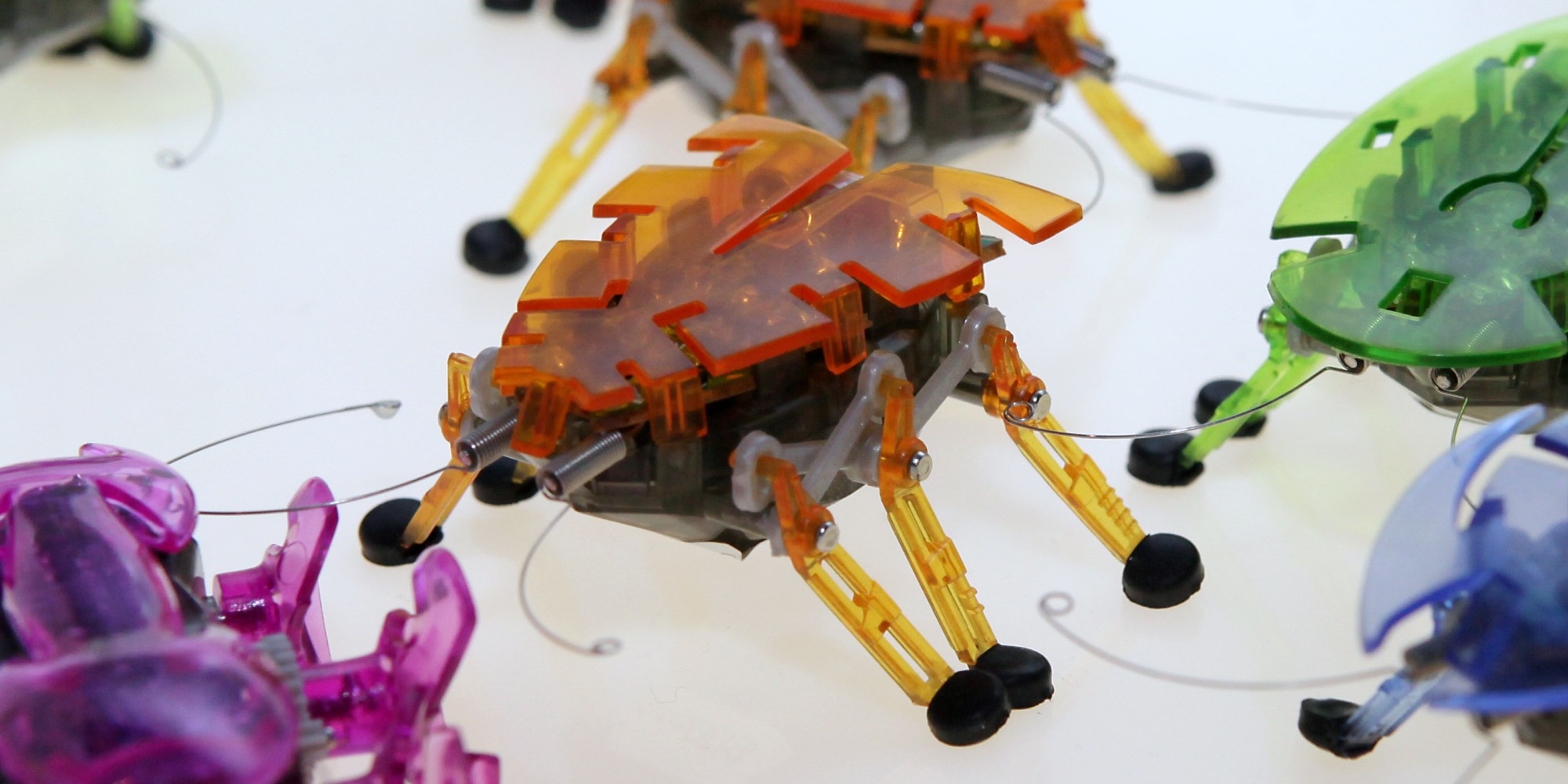2011
Robotinity Exhibition

The exhibition in the Ars Electronica Center’s RoboLab delivered close-up looks at the multifarious technical and cultural developments that determined the route into this future that humans have come to share with their machines. The term Robotinity and the exhibition of the same name are emblematic of how robots and humanity are growing ever closer together. On display were examples of this from art, design and science that clearly illustrate how intensively humankind and robots are already living and working together.